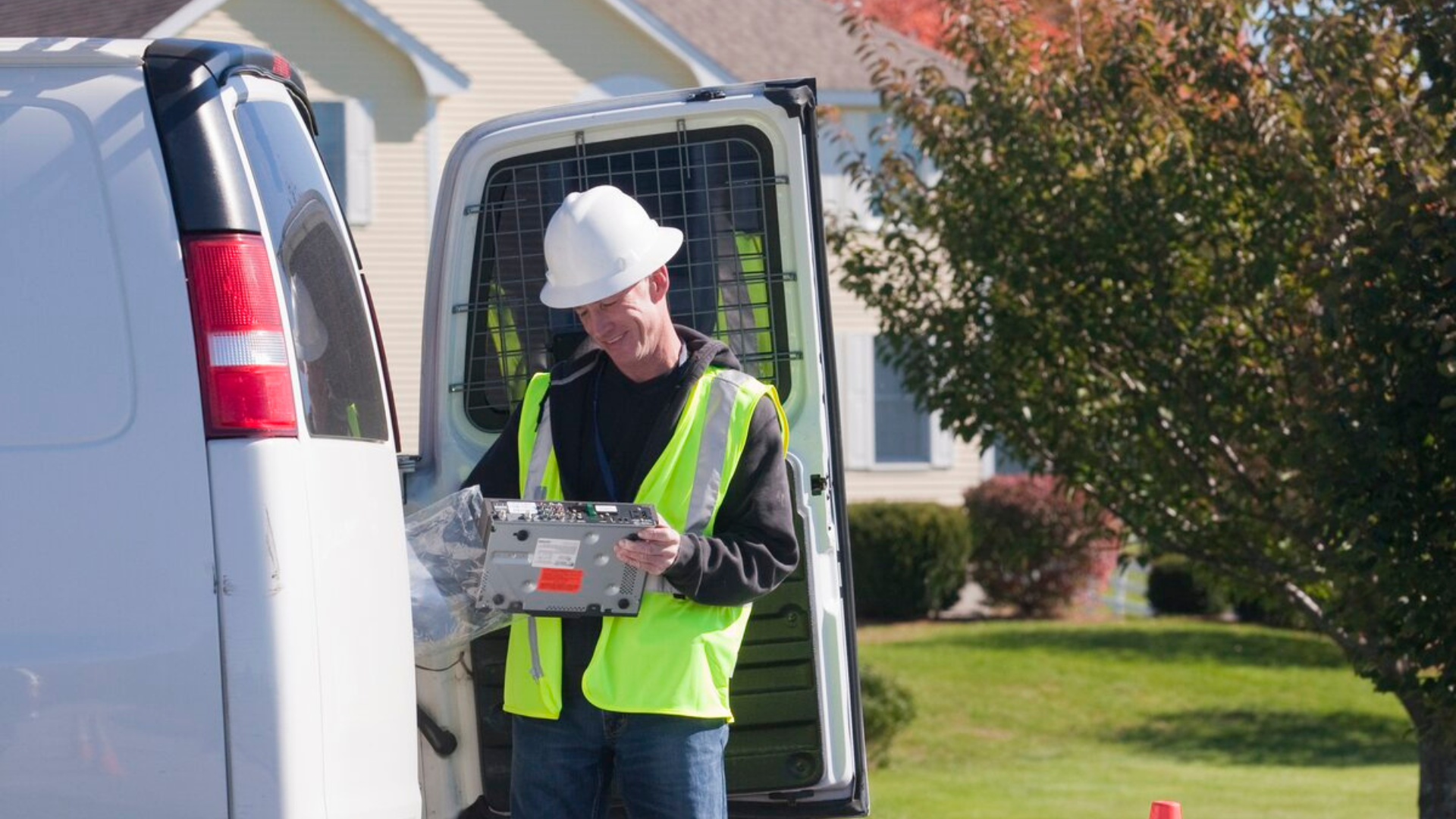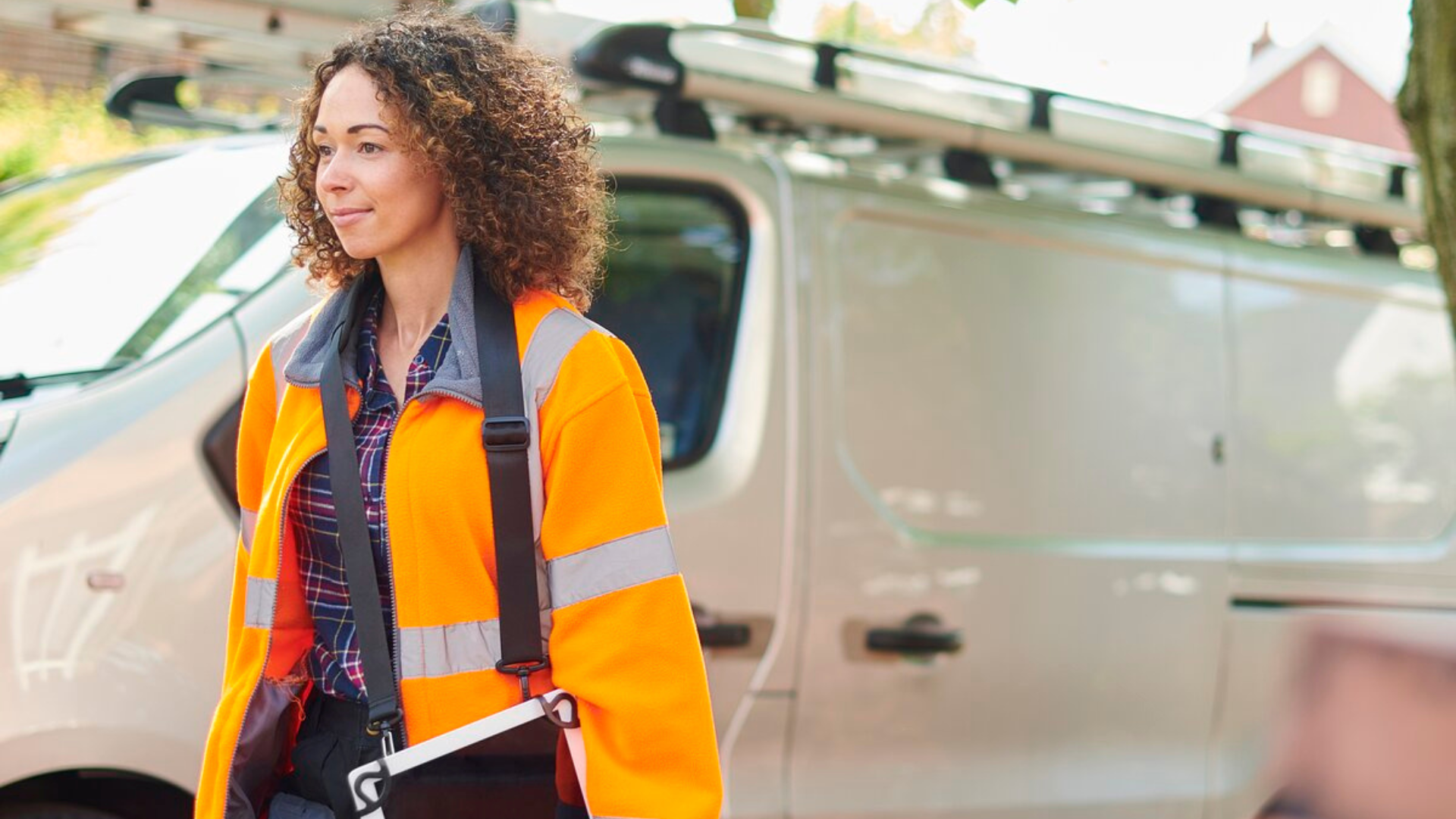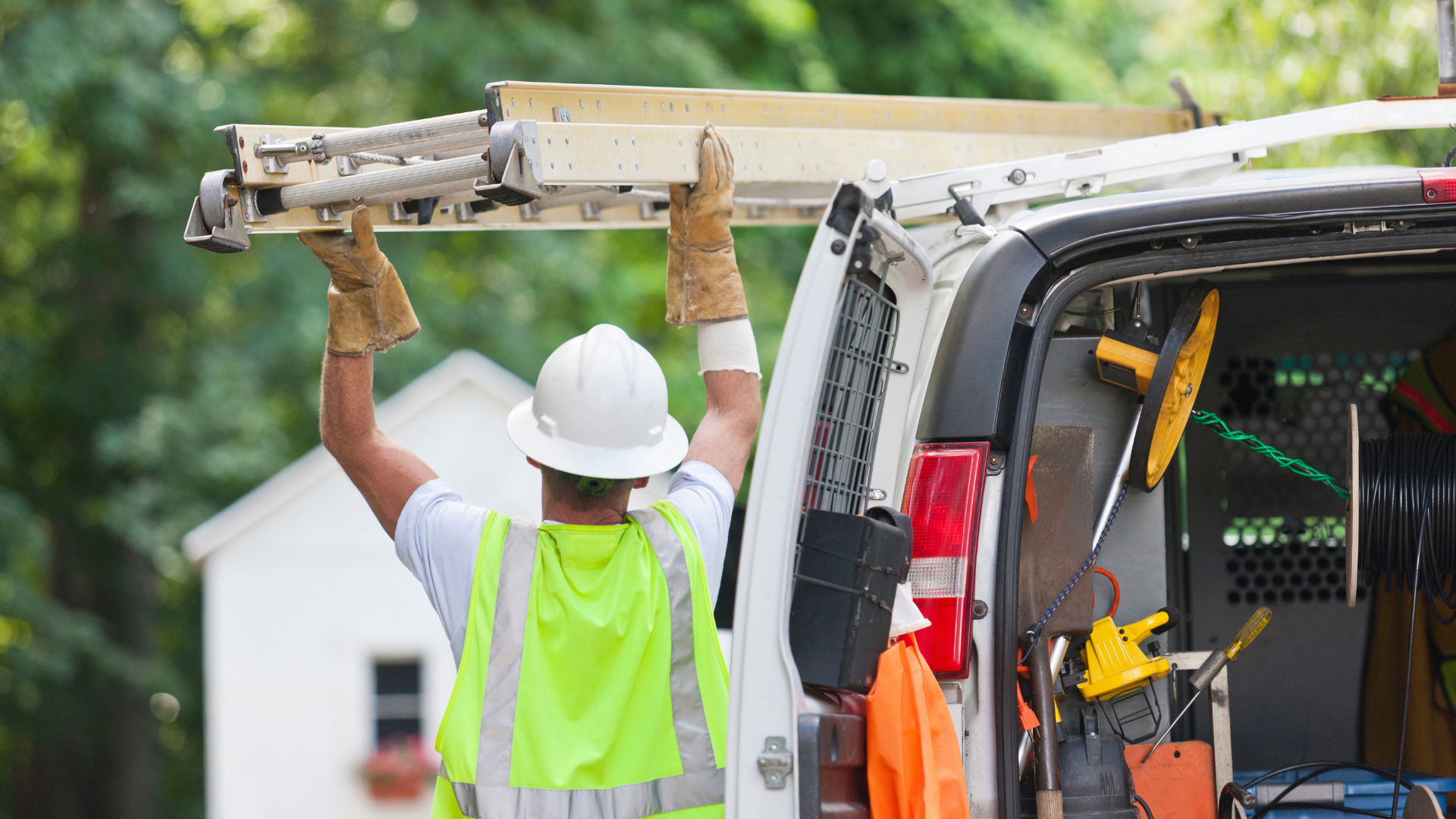How last mile fleets can initiate their electrification journey

Nov 3, 2025
.jpeg)
Last mile operators are under growing pressure to cut emissions, reduce fuel costs, and stay ahead of tightening regulations. This makes fleet electrification a business necessity, but moving to electric vehicles (EVs) can feel daunting unless it’s backed by real-world operational and financial data.
In this article, we look at how last mile fleets can begin their electrification journey; from identifying the optimal vehicles for replacement, to maximising their performance and return on investment.
Step 1: Identify the best candidates for electrification
While the return-to-depot nature of last mile fleets lends itself well to electrification, not all routes will be immediately suitable for EVs. To confidently plan a transition roadmap, fleets will need data on their own shift patterns, range requirements, and vehicle utilisation, alongside insights into the real-world capabilities of comparable EVs.
With this data, you will be able to identify the vehicles that can deliver immediate financial and environmental savings, while providing the fleet team with confidence that these changes won’t impact their service continuity.
Telematics data should be interrogated to evaluate:
- Daily distances: Vehicles with daily mileage patterns that are well within the real-world range of comparable EV models will be strong candidates for switching
- Dwell time and location: Vehicles that return to the depot at night will be suitable for cheaper overnight charging schedules
- Route consistency: Routes that have low variability are better suited to EVs as they allow for greater range confidence
- Vehicle utilisation patterns: Highly utilised vehicles deliver a stronger ROI, delivering faster savings based on their lower running costs
This data can be used to create a phased transition roadmap, providing certainty that the new EVs will be able to complete their required shift patterns.
Step 2: Quantify the financial savings
EVs can deliver significant cost savings over their service life, referred to as their total cost of ownership (TCO). You’ll need to quantify these financial savings in advance to secure investment and build internal stakeholder support.
The two key financial metrics to assess are the comparative costs of fuel and electricity, and the cost of maintenance. Energy costs are much lower for EVs than for their diesel counterparts, and further savings can be unlocked by securing overnight charging rates. Equally, EVs have lower maintenance costs than ICEs as they have fewer moving parts. Both of these savings are greater if vehicles are more heavily utilised.
These metrics combine with the upfront costs and real-world mileage of each vehicle to provide the TCO. This allows for a powerful business case to be built for electrification.
Finally, while being harder to quantify, the reputational benefits and the opportunity to win new business based on running a zero-emissions fleet are also important financial factors to build into business models.
Step 3: Optimise EV performance
Once the new EVs have been introduced into the fleet, you’ll need to ensure they deliver a strong ROI. EVs will require closer data monitoring than for internal combustion engine (ICE) vehicles to extend their range and provide range assurance, and reduce the load on depot charging infrastructure.
Some of the most important EV-specific operational insights include:
- State of Charge (SOC): Dispatchers should track the real-time SOC of their EVs so that they can assign additional jobs to drivers based on their available range, and take necessary avertive action if an EV doesn’t have enough charge to complete a route.
- Charging behaviour: Effective charge management allows for smarter charging strategies and reduces charging costs. Fleets need visibility into how much charge is required for upcoming routes, when and where charging occurs, and the associated energy costs.
- Energy efficiency: Monitoring an EV’s energy efficiency, and directly comparing against other EVs and ICEs in the fleet will help you to identify performance gaps and promote efficient driving. This increases vehicle range and reduces charging demand.
- Effect of temperature: Cold weather can reduce EV range by up to 50%, making seasonal route volume analysis and active SOC monitoring critical for route planning over the colder months.
- Battery health tracking: Battery life can be extended by monitoring charge patterns and avoiding the excessive use of DC fast chargers to preserve the EV’s resale value.
Geotab success story – Milk and More improves EV efficiency for greater savings Transitioning to EVs immediately reduced Milk and More’s Scope 1 emissions, but the company wanted to improve driver behaviour to better their energy efficiency, driver safety and EV range. Using MyGeotab’s eco driver dashboards and reports, the team could review trends and identify drivers who needed additional training and support. |
Electrification is a phased, data-driven process
Fleet electrification is most successful when it’s approached incrementally. By piloting a small number of vehicles first, teams can build operational competence, develop efficient and cost-effective charging protocols, and test EV performance under real-world conditions. These learnings can then inform each subsequent deployment phase.
Start your journey today by downloading our free ebook.
Subscribe to the Geotab Blog

Senior Marketing Specialist, SWE at Geotab
Table of contents
Subscribe to the Geotab Blog
Related posts

How integrated data can help fleets scale up their EVs
November 5, 2025
2 minute read


How to reduce the carbon footprint of your current vehicles
November 5, 2025
2 minute read

Practical strategies for bus fleets to cut fuel costs and carbon emissions
November 3, 2025
2 minute read

The need for unified EV data to maintain electric bus condition
November 3, 2025
2 minute read

Building safer bus operations with customisable telematics
November 3, 2025
2 minute read